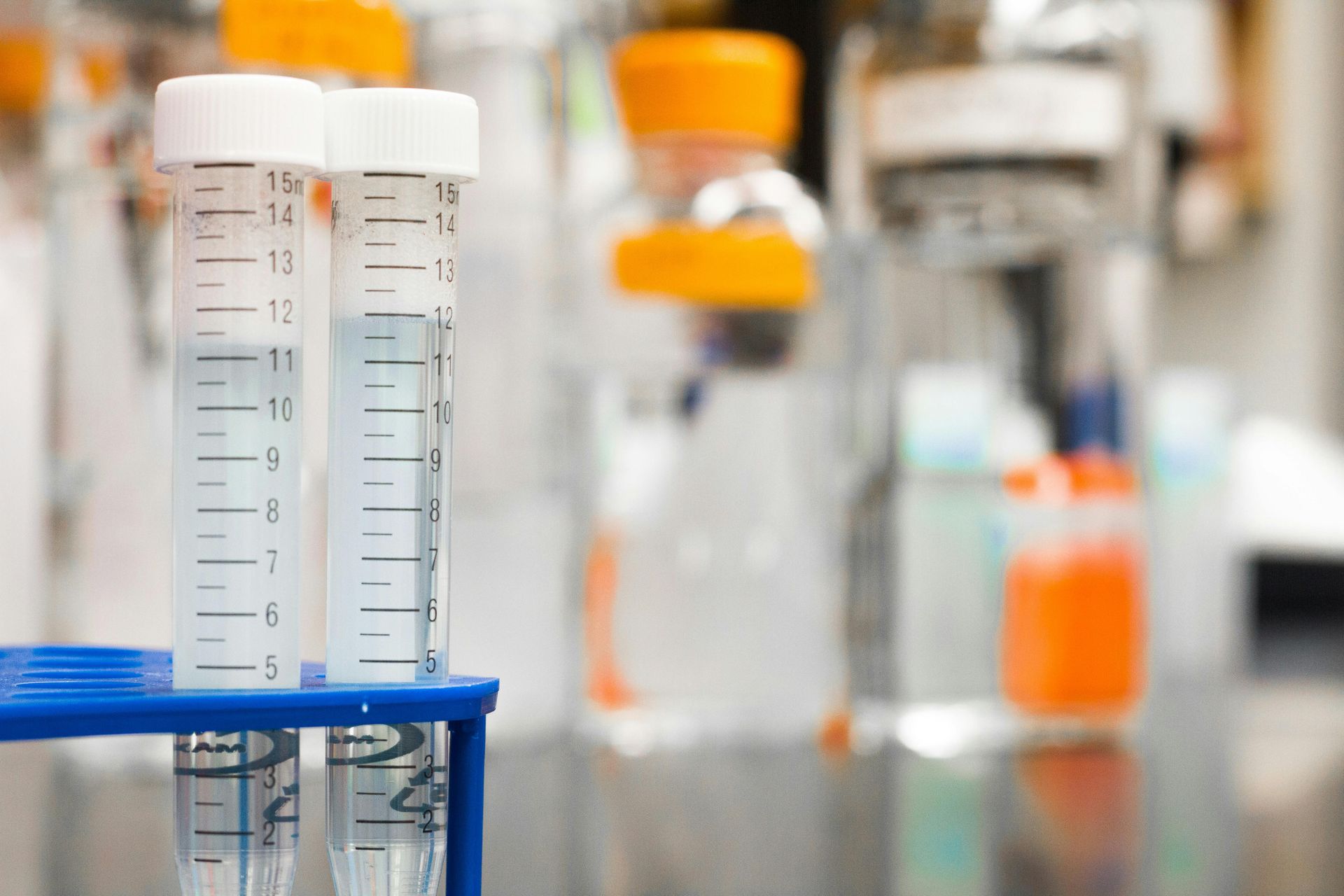DOE Announces $33 Million to Deploy Solar Technologies to Decarbonize America’s Industrial Sector
WASHINGTON, D.C. — In support of the Biden-Harris Administration’s Investing in America agenda, the U.S. Department of Energy (DOE) today announced $33 million for nine projects across seven states to advance concentrating solar-thermal (CST) systems technologies for solar fuel production and long-duration energy storage. CST technologies use mirrors to reflect and concentrate sunlight onto a receiver, helping to produce carbon-free clean fuels, heat, and storage for a wide variety of application. Advancing clean energy technologies like CST is a key component of President Biden’s whole-of-government approach to cutting harmful carbon emissions and essential to achieving the nation’s ambitious clean energy and climate goals.
“Under the Biden-Harris Administration, DOE continues to invest in the next-generation solar technologies we need to tackle the climate crisis and ensure American scientific innovation remains the envy of the world,” said U.S. Secretary of Energy Jennifer M. Granholm. “With today’s announcement, DOE is supporting projects that will harness the sun’s energy to power NASA space missions, beer and wine production, and everything in between.”
DOE’s Solar Futures Study shows that vast amounts of energy storage, with significant growth of long-duration storage in the coming decades, are required to achieve the Biden-Harris Administration’s ambitious clean energy and climate goals. To accelerate the development of these technologies, DOE launched the Long Duration Storage Shot™ to significantly slash costs within the decade. Additionally, the industrial sectors, which account for 33% of the nation’s primary energy use and 30% of energy-related carbon dioxide emissions, will increasingly require clean sources of heat and fuel. Development of breakthroughs in this area are supported by DOE’s Industrial Heat Shot,™ Hydrogen Shot,™ and the Clean Fuels & Products Shot.™
The availability of solar fuels and clean hydrogen will help reduce dependency on fossil-fuel based resources such as feedstocks for fuels, chemicals, and other materials made from petroleum. The projects announced today will also support DOE’s efforts to kickstart a strong, domestic clean hydrogen industry by advancing lower cost methods of producing hydrogen.
Three selected projects will leverage cheap heat from solar energy to make renewable fuels in a more cost-effective way than by using electricity and without the emissions from burning natural gas. Projects selected for award negotiation include:
- Exergy Labs (Dover, DE): This project will develop a modular dish reactor for the generation of clean hydrogen with lower cost carbon intensity, and land-use than other modes of hydrogen production and test prototype dish reactors on-site in North Carolina and Arizona. (Award Amount: $3 million)
- National Renewable Energy Laboratory (Golden, CO): This project will develop a novel CST-compatible reactor that uses carbon monoxide and water vapor to produce high-value products such as jet fuel. The team will design a 1-megawatt pilot plant to support and evaluate commercial viability of the solution. (Award Amount: $3 million)
- West Virginia University (Morgantown, WV): Researchers, in partnership with the National Aeronautics and Space Administration, aim to demonstrate the advantages of direct solar-thermal integration with hydrogen production via a high-temperature solid oxide electrolyzer, with the goal of transferring the technology to a wide variety of applications, including creating hydrogen and oxygen in space. (Award Amount: $5 million)
Six additional projects will advance thermal energy storage technologies that can provide heat continuously or on demand. These technologies can be paired with a turbine to produce electricity or serve industrial processes that require heat. Low-temperature concentrating solar-thermal heat can decarbonize the food and beverage industry, for instance by supporting the brewing process, while high temperature heat is useful in chemical production. Each system can be charged with renewable energy from CST. The six projects selected for award negotiation include:
- Brayton Energy (Hampton, NH): This project aims to de-risk a novel high-temperature particle-based thermal energy storage concept that integrates storage, media transport, and heat exchange into a single vessel. (Award Amount: $5 million)
- Durion (White River Junction, VT): This project will advance a patented thermal energy storage system, developed recently through previous DOE funding, which stores energy in the form of pressurized hot water. The technology aims to provide a low-cost solution to provide 1 megawatt of thermal heat for up to 12 hours for commercial and industrial uses. (Award Amount: $1.6 million)
- Firestone Walker Incorporated (Paso Robles, CA): This project will use thermal solar energy to generate steam for Firestone Walker Brewery, eliminating 3,000 tons of carbon dioxide emissions from their brewing each year. (Award Amount: $7.3 million)
- Premier Resource Management (Bakersfield, CA): In partnership with the National Renewable Energy Laboratory, this project will develop a 100-kilowatt electric demonstration power plant with more than 12 hours of storage, which stores thermal heat underground at depleted oil reservoirs in California. (Award Amount: $6 million)
- Southwest Research Institute (San Antonio, TX): This project will demonstrate the impact of low-cost concentrated solar thermal in utility power applications by testing an advanced dual media energy storage system that uses liquid molten salt and solid storage to provide 1 megawatt of thermal heat for 10 hours. (Award Amount: $1.2 million)
- University of Tennessee (Knoxville, TN): Researchers will partner with Sandia National Laboratories to develop a high-performance cascaded heat exchanger concept for low-cost power generation and the production of high-temperature industrial process heat. (Award Amount: $850,000)
Selection for award negotiations is not a commitment by DOE to issue an award or provide funding. Before funding is issued, DOE and the selectees will undergo a negotiation process, and DOE may cancel negotiations and rescind the selection for any reason during that time.









